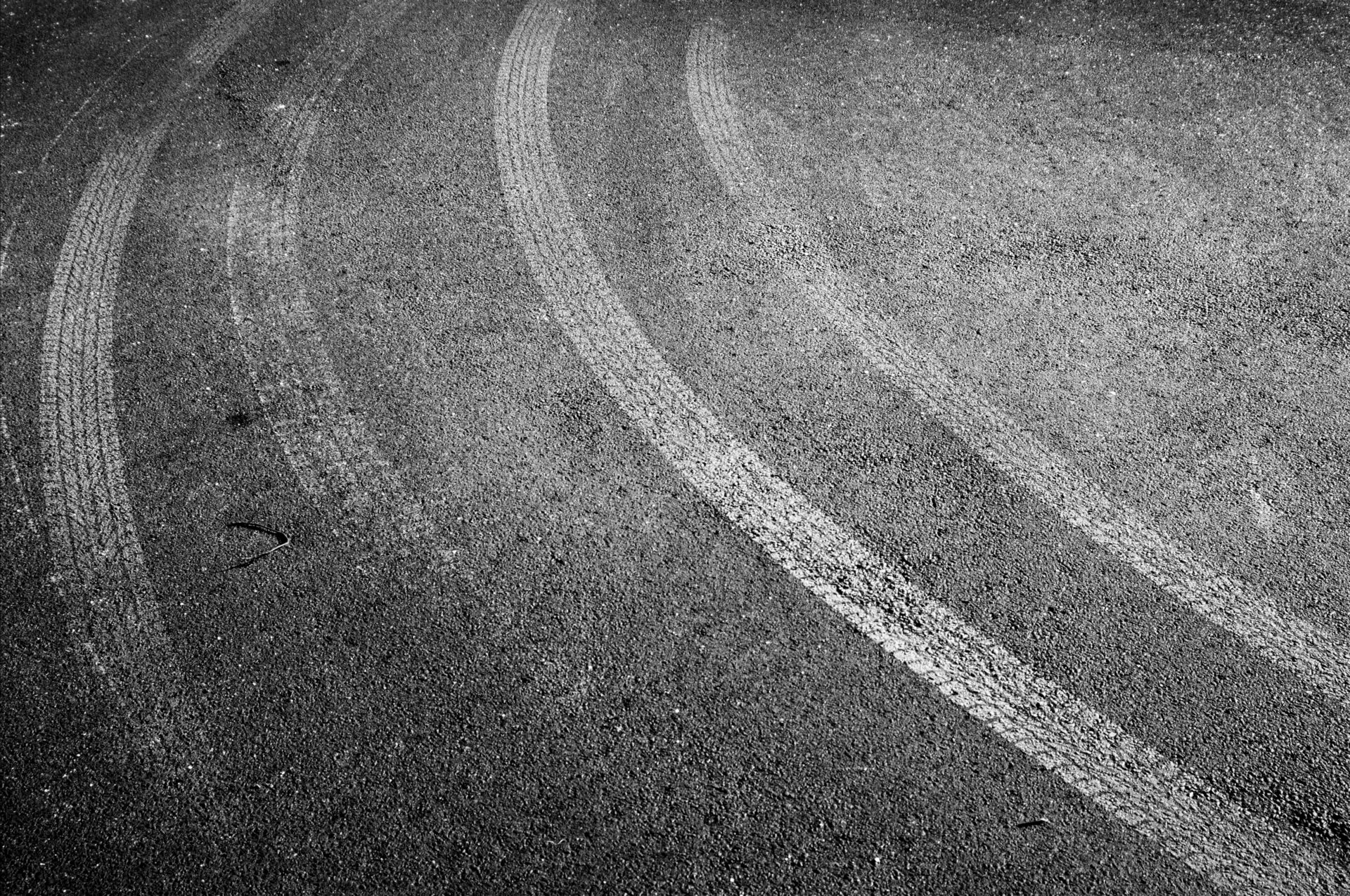News

Vehicle tyre emissions
There are more than 41 million vehicles licensed to use UK roads, with tyres are made from rubber and unspecified additives added to enhance tyre performance, durability, and strength. We take them for granted, and don’t give them much thought until they need replacing if they are punctured, or when the tread has worn, but have you ever thought about how tyres wear and the emissions they create during the process? It’s estimated that emissions from tyres wearing in traffic contribute between 5 and 30% of all toxic vehicle emissions, higher than many other forms of emissions that are already being talked about with regard to air quality. In Germany for example, it’s estimated that tyre emissions contribute four times more toxic waste than pesticides.
What happens to tyre emissions?
The majority of substances emitted by tyres remain on or near roads where they can combine with other traffic emissions from brakes and road surfaces. Tyre marks from braking are a visible sign. Particles emitted by tyres usually wash away where up to 20% can enter surface water systems such as drains and nearby rivers. Tyre emissions are most likely to enter waterway during periods of heavy rain; you’ll see it if you’re on a motorway or rural location when it’s raining heavily – thousands are gallons are washed away where they can enter rivers and waterways. Tyre emissions include microplastic particles which have been detected in road dust and surface pavements.
Tyre dust is a source of poor air and water quality
Like exhaust fumes, tyre dust is a source of air pollution, contributing around 10% of particulate matter in urban areas, presenting a potential risk to our health when they enter the body. The health threats of transport emissions are known and include heart disease and breathing conditions, but far less is known about the mechanisms or impact of tyre emissions on health, and it is a becoming a major source of concern for public health. For example, experts at Imperial speculate that microplastic emissions from tyres in our cities could present could pose up to a four-fold greater risk to the environment than other microplastics.
Can you avoid exposure to tyre dust?
The challenge of reducing emissions from tyres is much wider than what we can achieve as individuals, but there are some actions you can take to help reduce your exposure levels to some of the particles and pollutants if you are concerned.
- Avoid walking or running in areas of high traffic flow, especially at peak times.
- Take your shoes off at the door when you arrive home to avoid bringing tyre emission particles into the home.
- Check daily air quality in your area to help you plan when you go outside to reduce your exposure to exhaust and tyre emissions.
- To reduce your exposure to microplastics, boiled tap water is thought to remove up to 80% of microplastic from drinking water where they become part of the limescale formed. This figure is higher in hard water areas.
- Filter water at home with a countertop or whole system water filter.
- Avoid drinking water sold in plastic bottles.
Image credit: michaket






